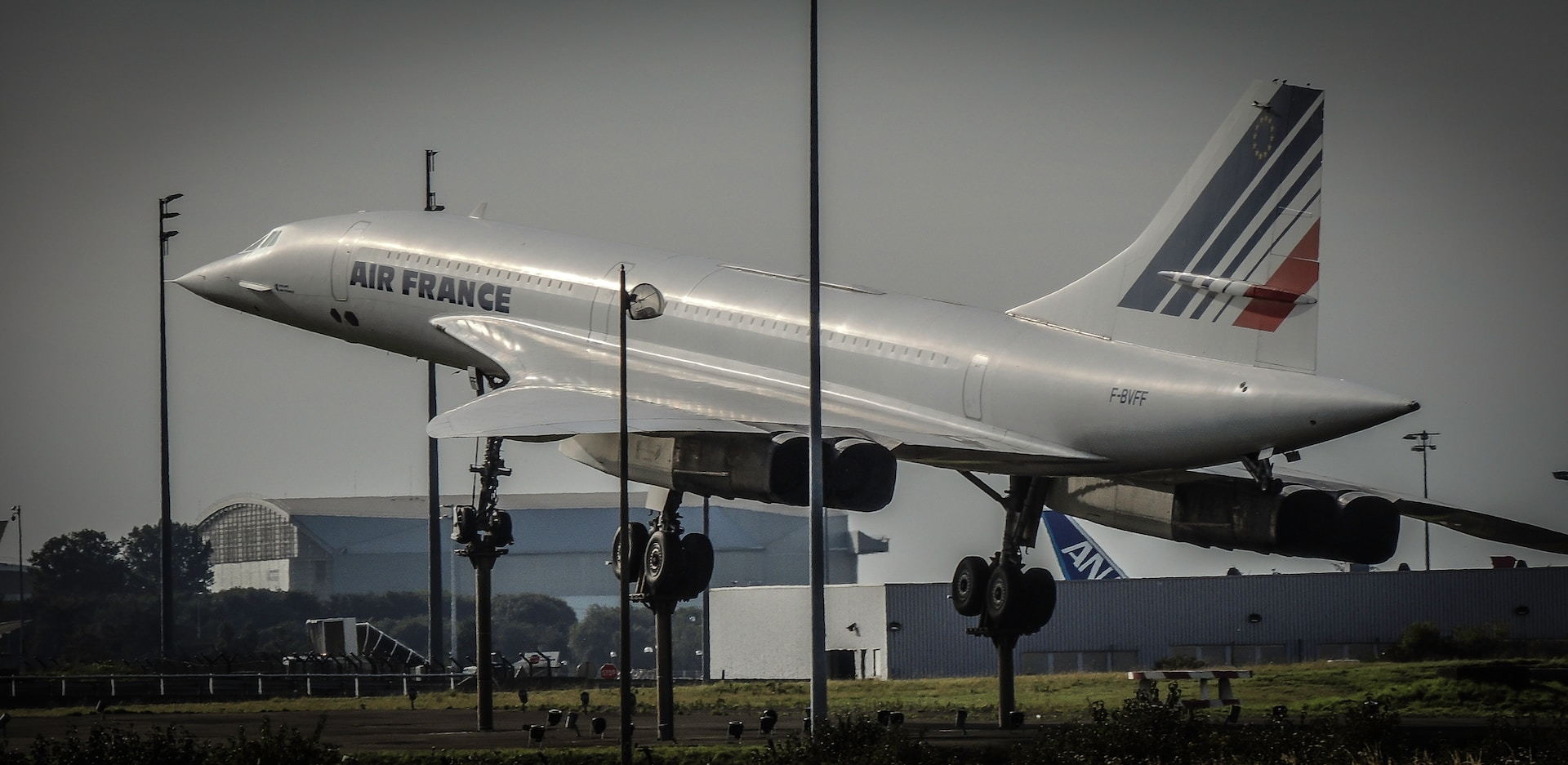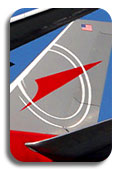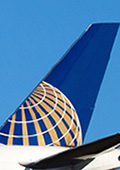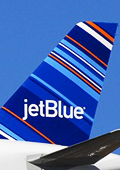Is Supersonic Aviation Coming Back or Dead on Arrival?

Photo by philippe collard on Unsplash
Supersonic aviation promises much faster flight between common destinations, but it has always come with challenges. The Concorde retired in 2003, and many thought the technology had seen its final days. In recent years, however, several cutting-edge companies are now working hard to bring back supersonic aircraft. This article will examine some of the businesses pushing the development of new supersonic aircraft as well as the difficulties they encounter.
Some Organizations Working to Bring Back the Supersonic Plane
Boom Supersonic is a Colorado-based company that has attracted much notice for its Overture project. The business wants to build a supersonic airliner that can travel at a speed of Mach 2.2 and drastically reduce travel times. Major airlines like United and Japan Airlines have partnered with Boom Supersonic, showing the industry's growing interest in supersonic travel.
Aerion Supersonic: Based in Nevada, Aerion is creating the AS2, a business jet that travels at supersonic speeds. The AS2 is a Mach 1.4-capable aircraft that has drawn attention for its environmentally friendly design, which uses synthetic fuels to cut pollution. By the middle of the 2020s, the business hopes to have its aircraft operational thanks to a partnership with Boeing.
While not a traditional business, NASA has been extensively engaged in the study of supersonic flight. In order to lessen the sonic boom caused by supersonic flight, the CIA is working on the X-59 QueSST project. If successful, this technology could eventually ease the constraints on overland supersonic flying.
Challenges and Considerations
Although the revival of supersonic flight promises a lot to passengers, there are a number of issues that need to be resolved:
Environmental Concerns: Sonic booms, which supersonic flight is known to produce, have environmental implications. A number of businesses and groups are working on methods to lessen the impact of these booms on the ground.
Supersonic aircraft also have lower fuel efficiency than their subsonic equivalents. To lessen the negative effects on the environment, sustainable aviation fuels (SAF) that can run supersonic engines are a top objective.
Regulatory Obstacles: Because of worries about noise pollution, laws governing supersonic travel over land are strict. Companies must collaborate closely with regulatory bodies to create and enact new regulations that address noise issues while enabling supersonic flying.
Economic Viability: Historically, most passengers have been unable to afford the high prices of supersonic travel. Companies need to develop ways to lower operating expenses and ticket prices to make supersonic flight commercially viable.
Conclusion
Will supersonic make a comeback? The answer is still unknown, but businesses like Boom Supersonic and Aerion Supersonic as well as governmental organizations like NASA have been working on making it cheaper, cleaner, and more efficient.
-

Delta Air Lines 04/23/2024
-

United Parcel Service 04/23/2024
-

Hawaiian Airlines 04/22/2024
-

United Airlines 04/22/2024
-

JetBlue Airways 04/19/2024
 AIRLINE PILOT CENTRAL
AIRLINE PILOT CENTRAL